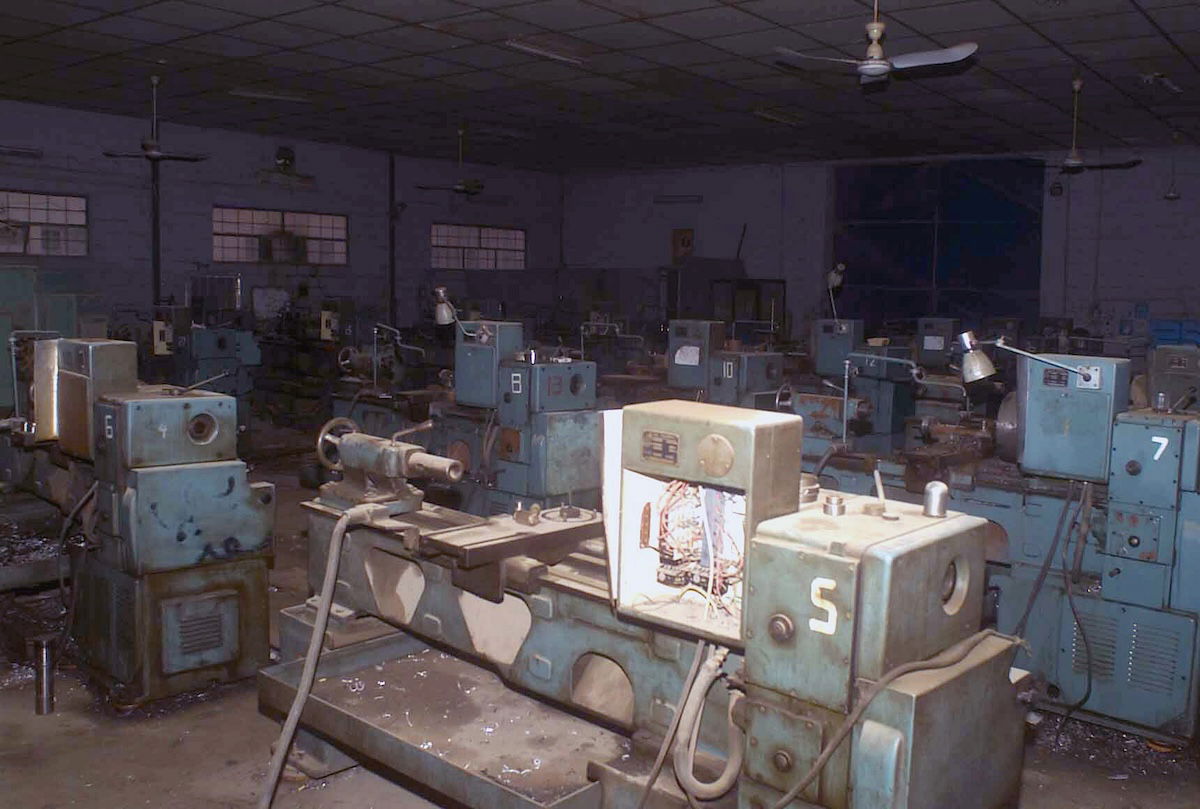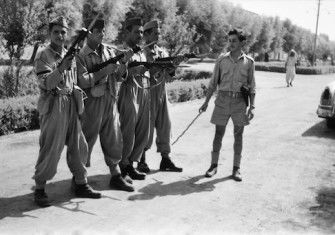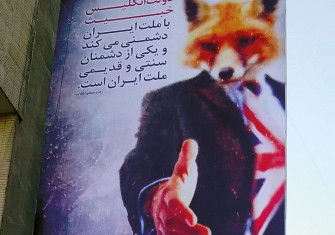What Happened to Saddam Hussein’s WMD?
Saddam Hussein certainly had chemical weapons during the Iran-Iraq War, yet by the time American and British troops entered the country in 2003, they were gone. Where?

The polemic over Iraqi WMD, combined with the sheer complexity of the issue, has obscured a fascinating story. At its heart lies the bizarre, blundering, blinkered figure of Saddam Hussein, who understood so well the brutal realities of Iraqi politics, but was all at sea in the grander world of international diplomacy. The following is based on a series of lengthy interviews, on and off the record, with Hans Blix, chief UN weapons inspector from 2000 to 2003, and an interview with Charles Duelfer, who wrote the CIA’s final, definitive report on Iraqi WMD in 2004, after the invasion. It draws too on a careful reading of the numerous reports on Iraqi WMD produced by the UN through the 1990s and early 2000s.







